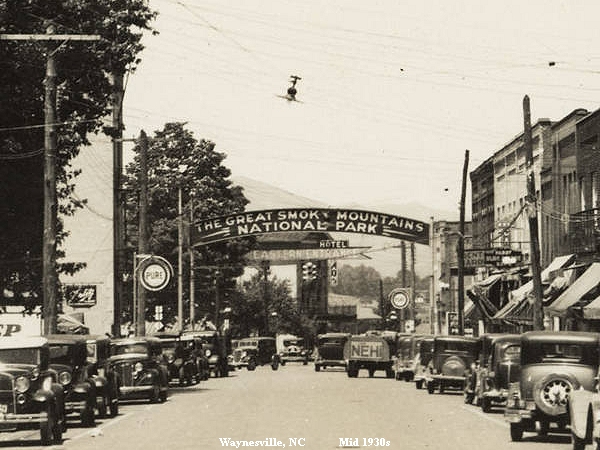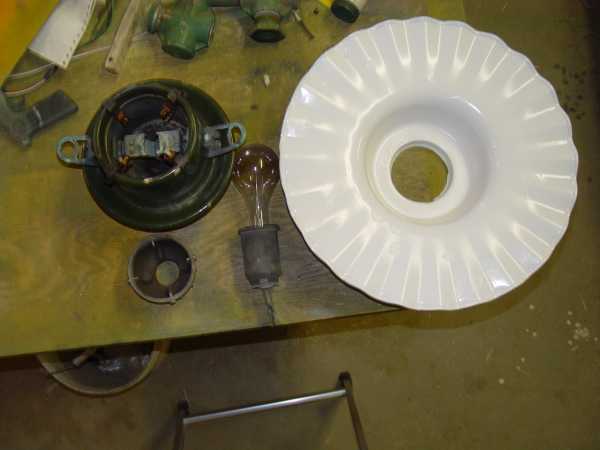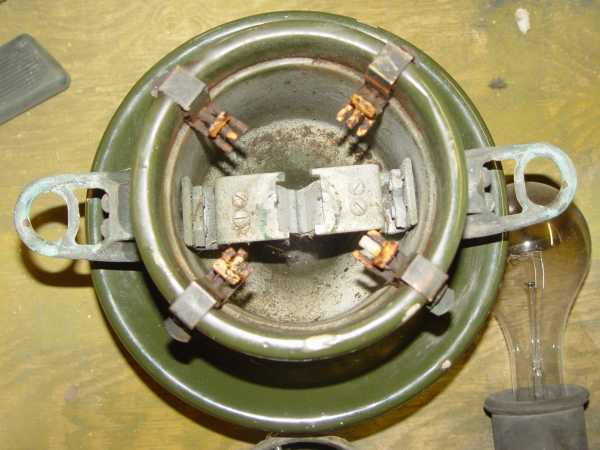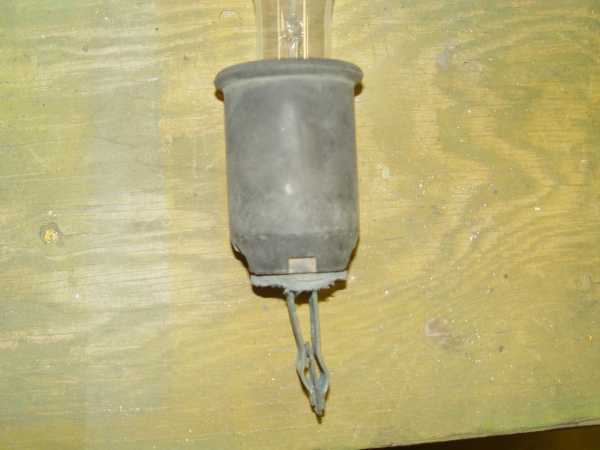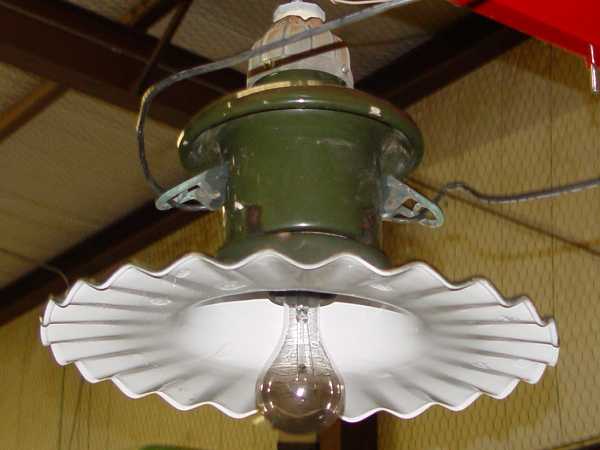Willis Lamm's
|
|
Line Material (L-M) Domed Radial Wave Series Street Light |
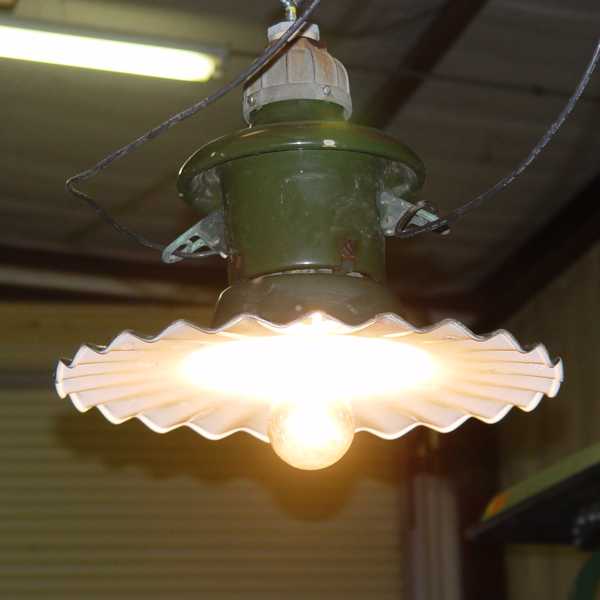
In service as part of the collection.
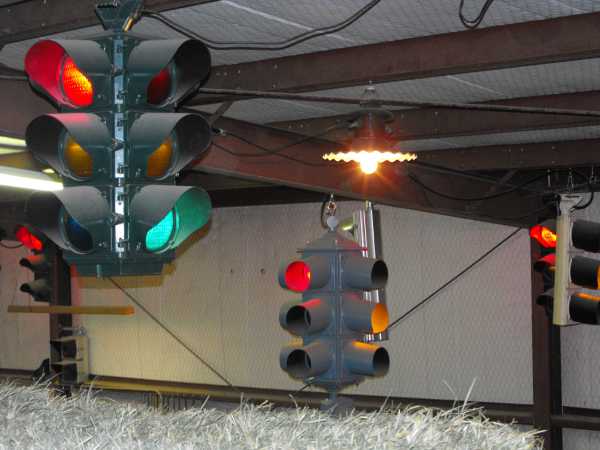
| Provenance. This light originally hung over the intersection of Clark Ave. and Freed Ave. in Pittsburg, CA, in an area that was originally Camp Stoneman, an Army camp. It had been overlooked when the series system was removed and eventually its conductors had separated from the pole insulators and were hanging in the intersection. I advised a friend who worked for PG&E of the problem and he corrected it. A few weeks later I found the street light sitting in my driveway. |
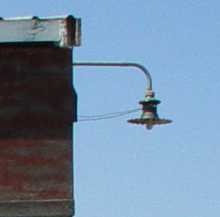
|
These old luminaires can also be used outdoors to provide interesting area lighting. We used them around the ranch for night lighting.
Screw-in socket adapters can be used in order to light conventional house bulbs and some compact fluorescent bulbs have larger outside globes and look pretty nice in the old series lights, while still providing low cost lighting. These old fixtures are definitely worth saving and restoring. Continue to
|
